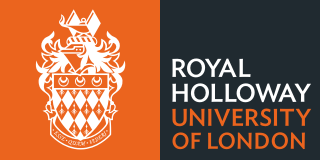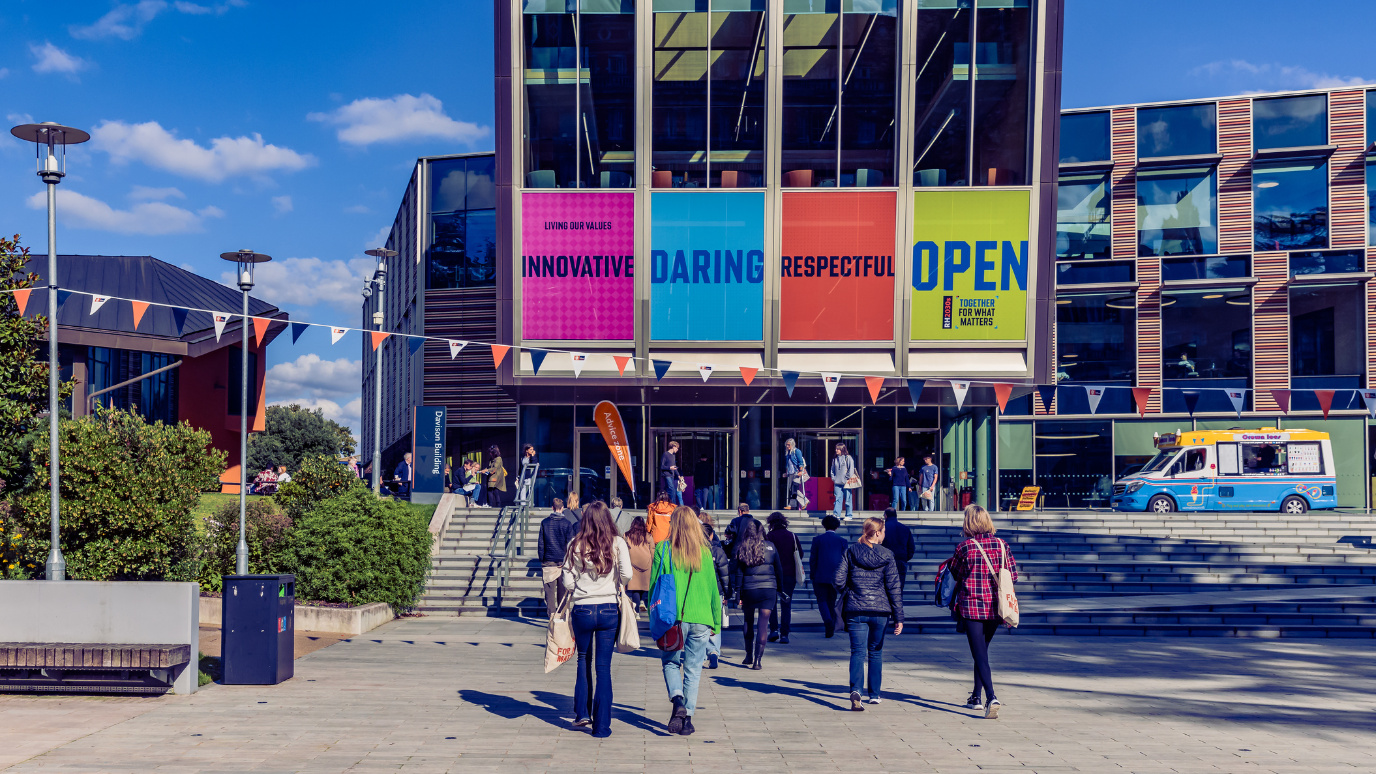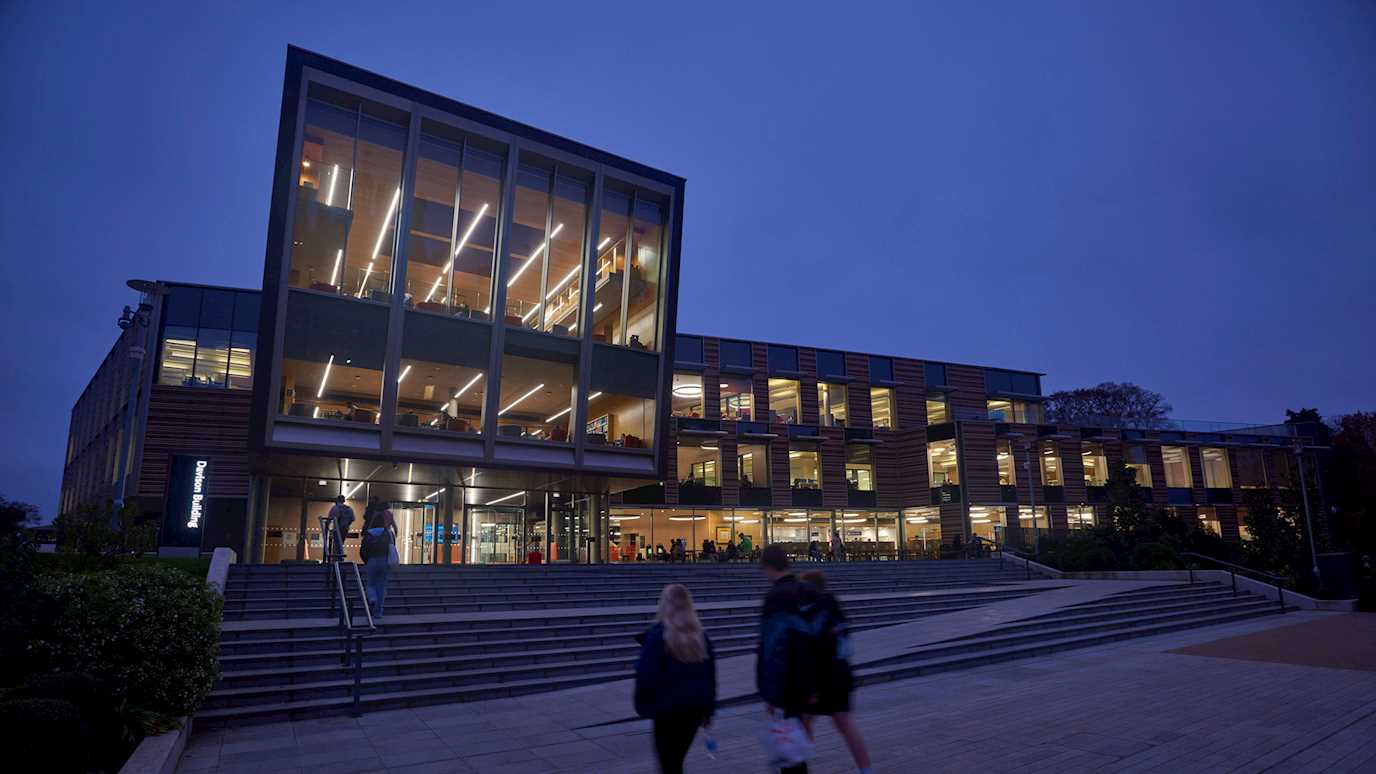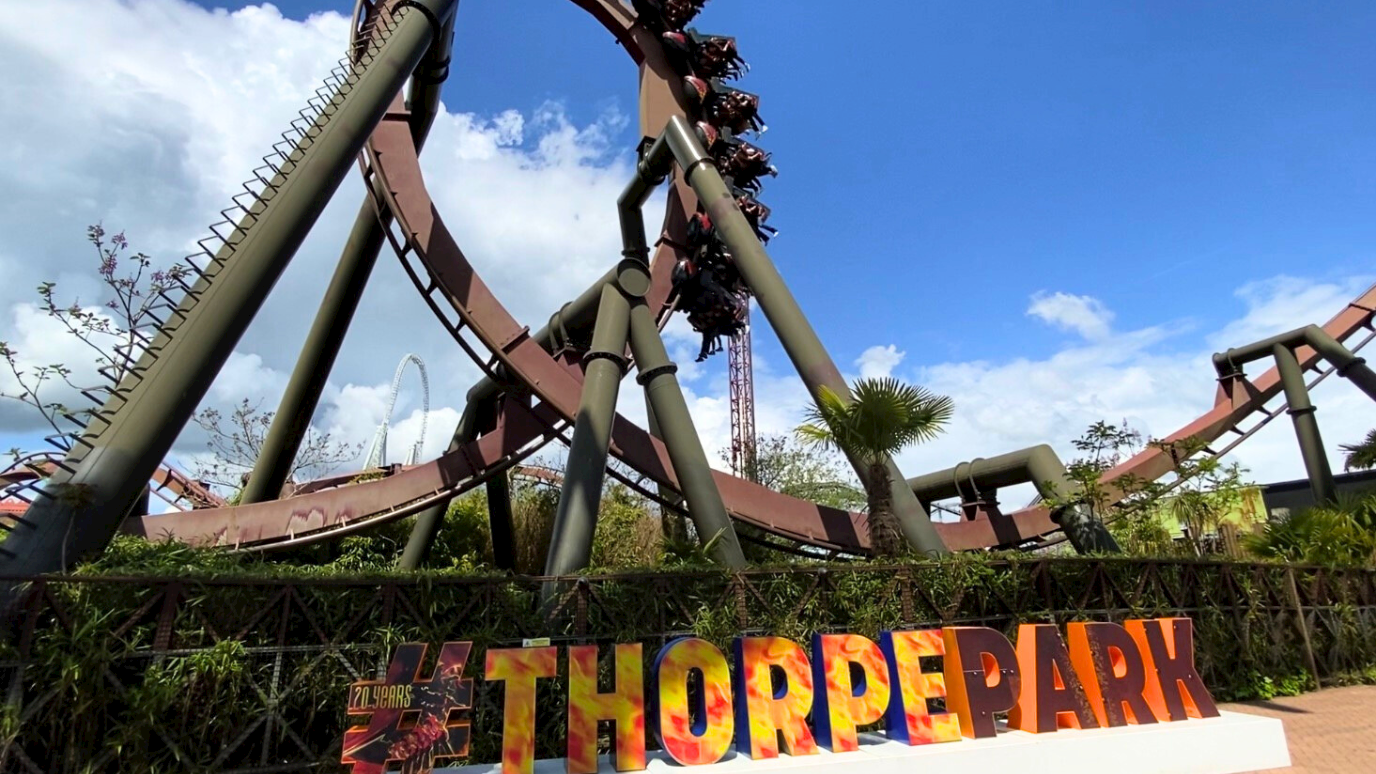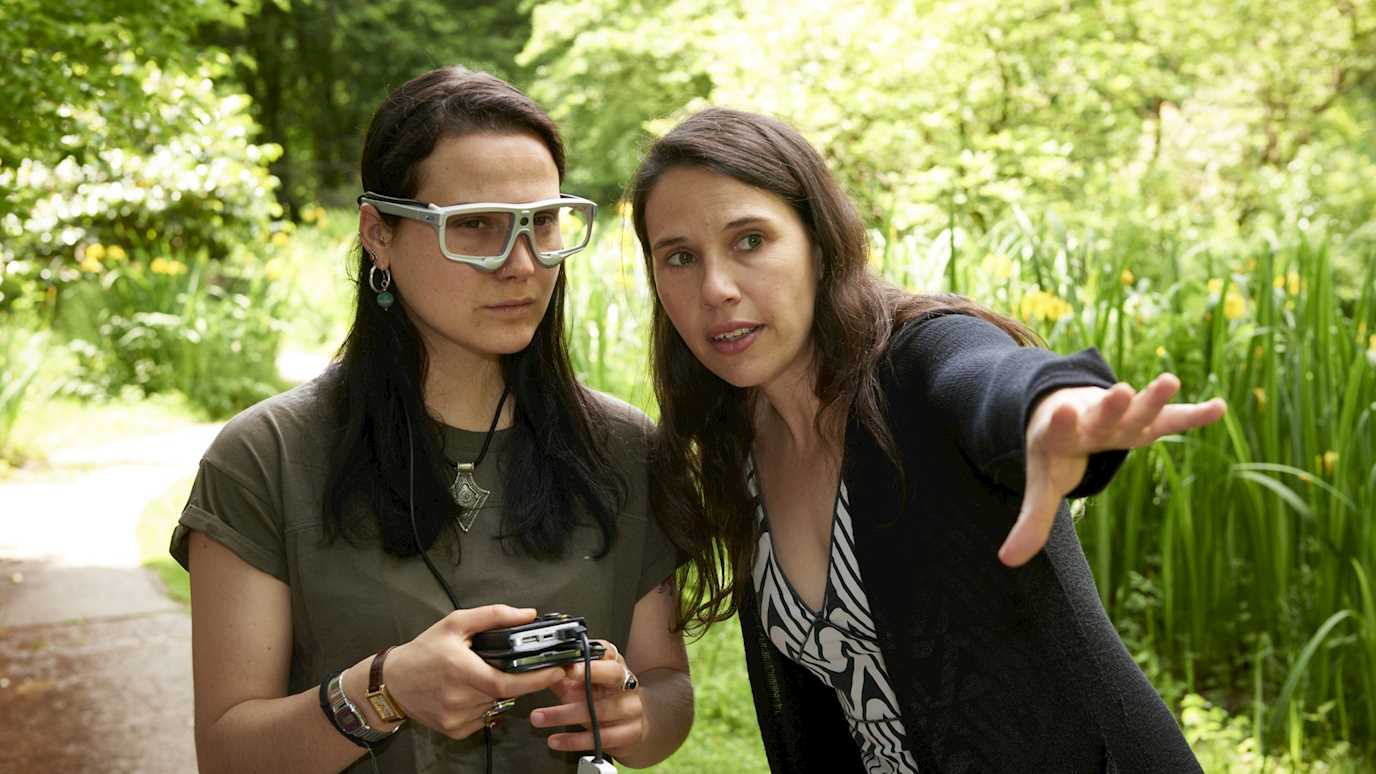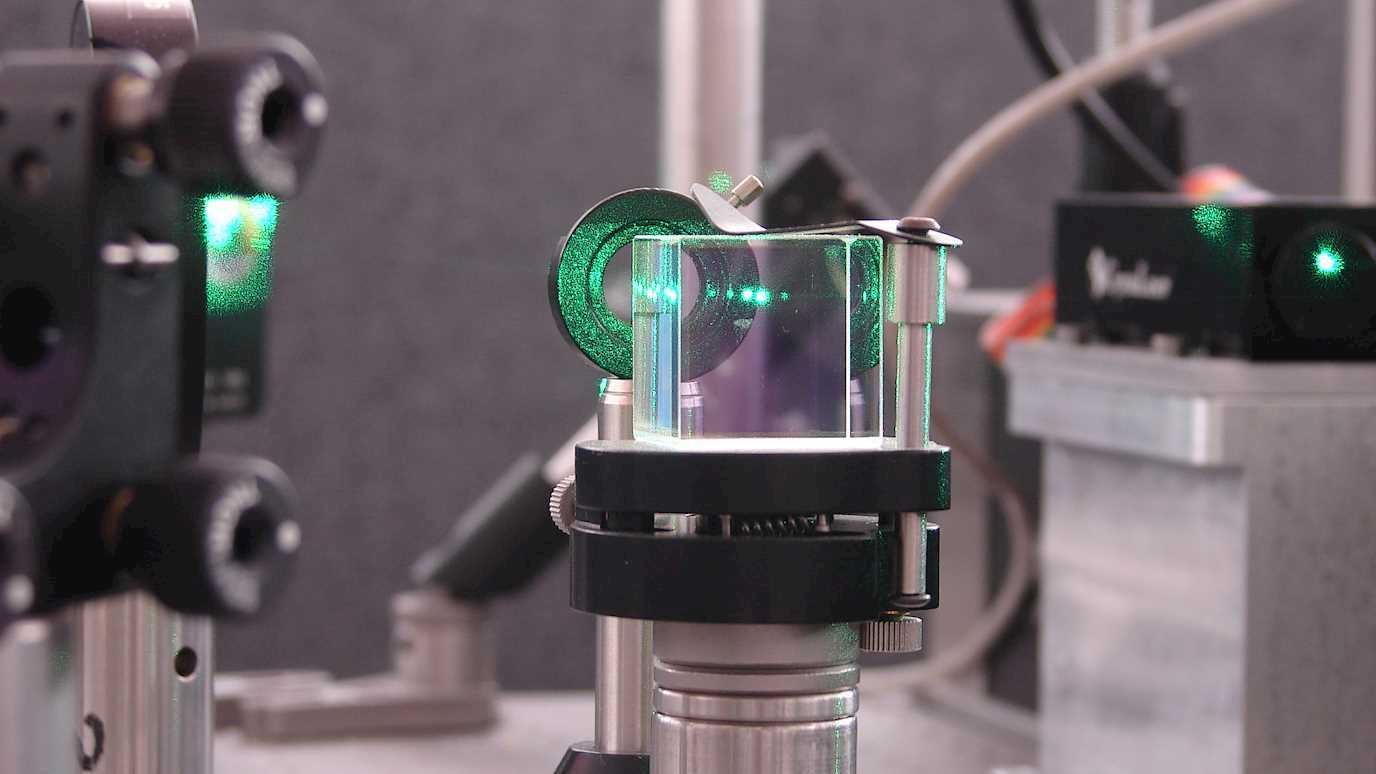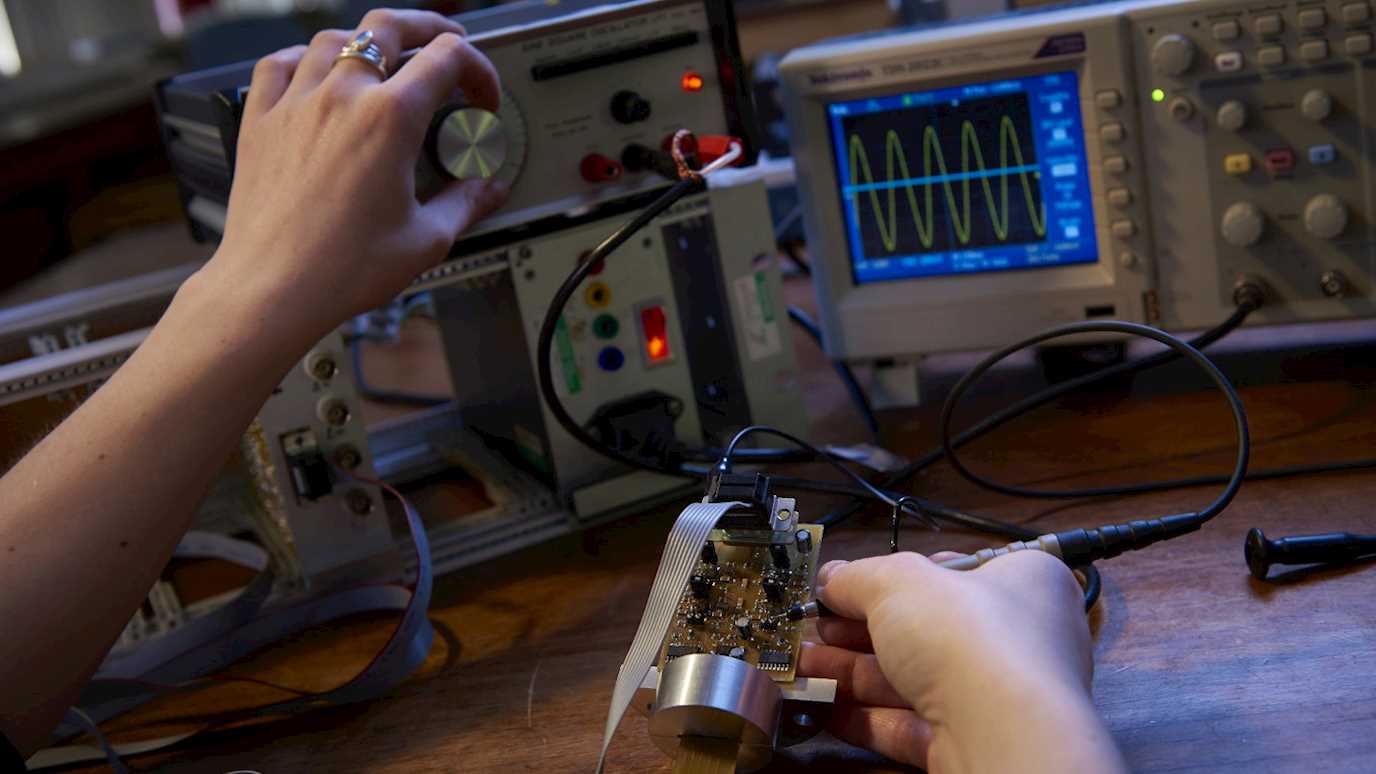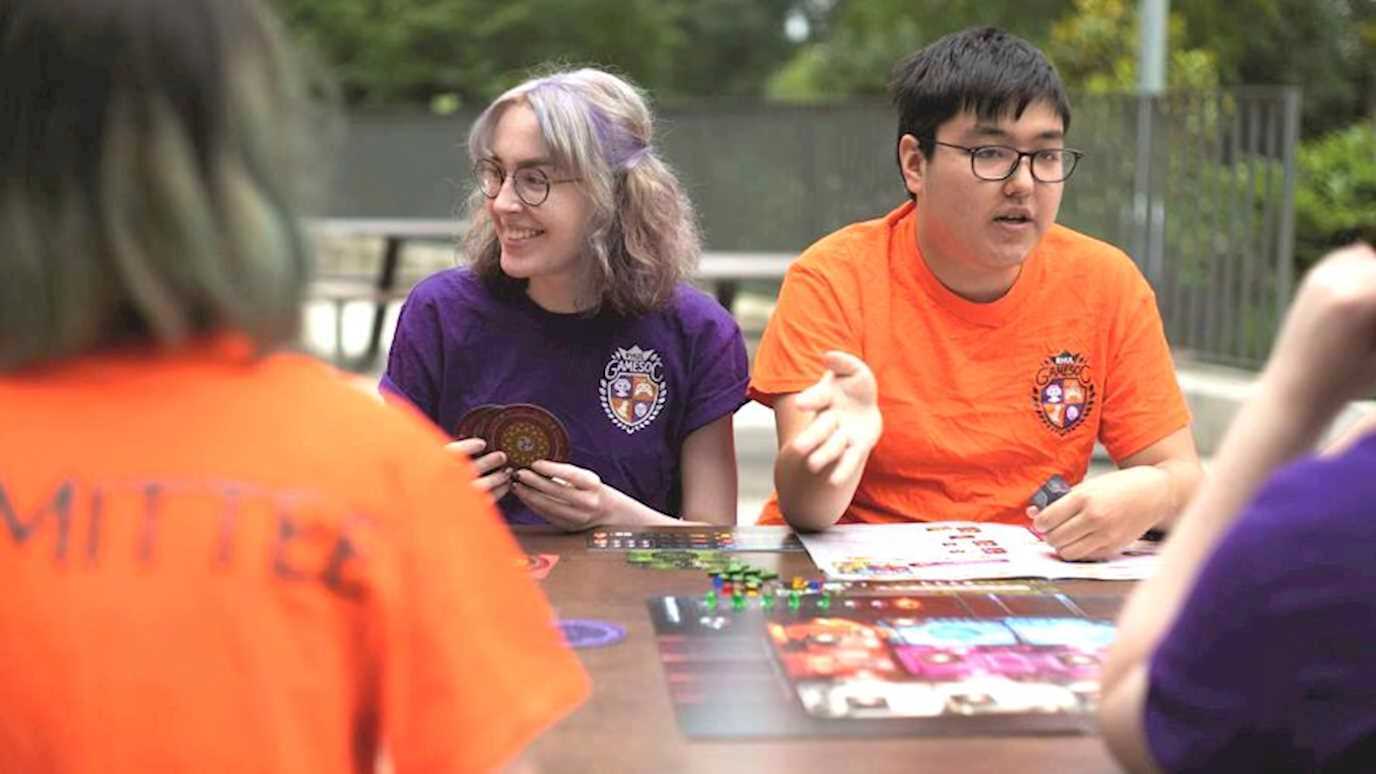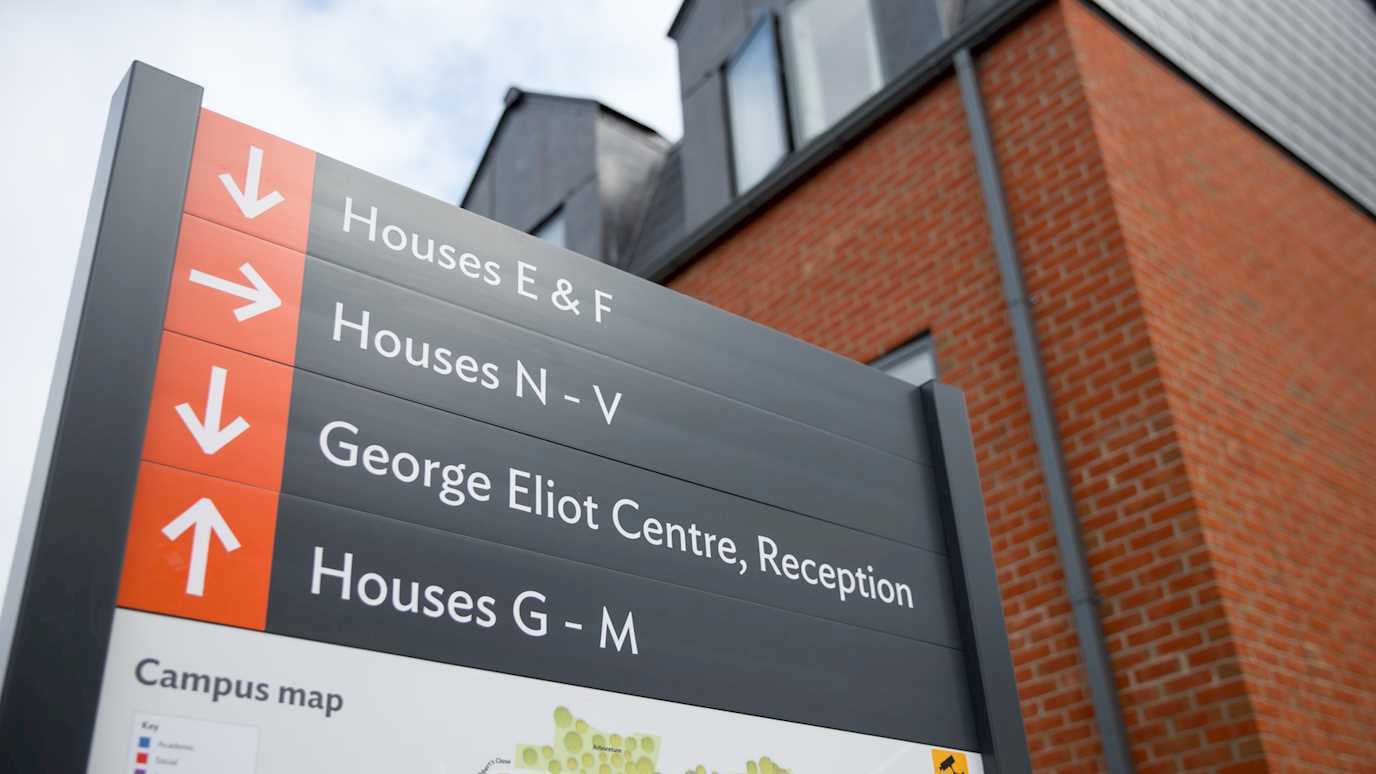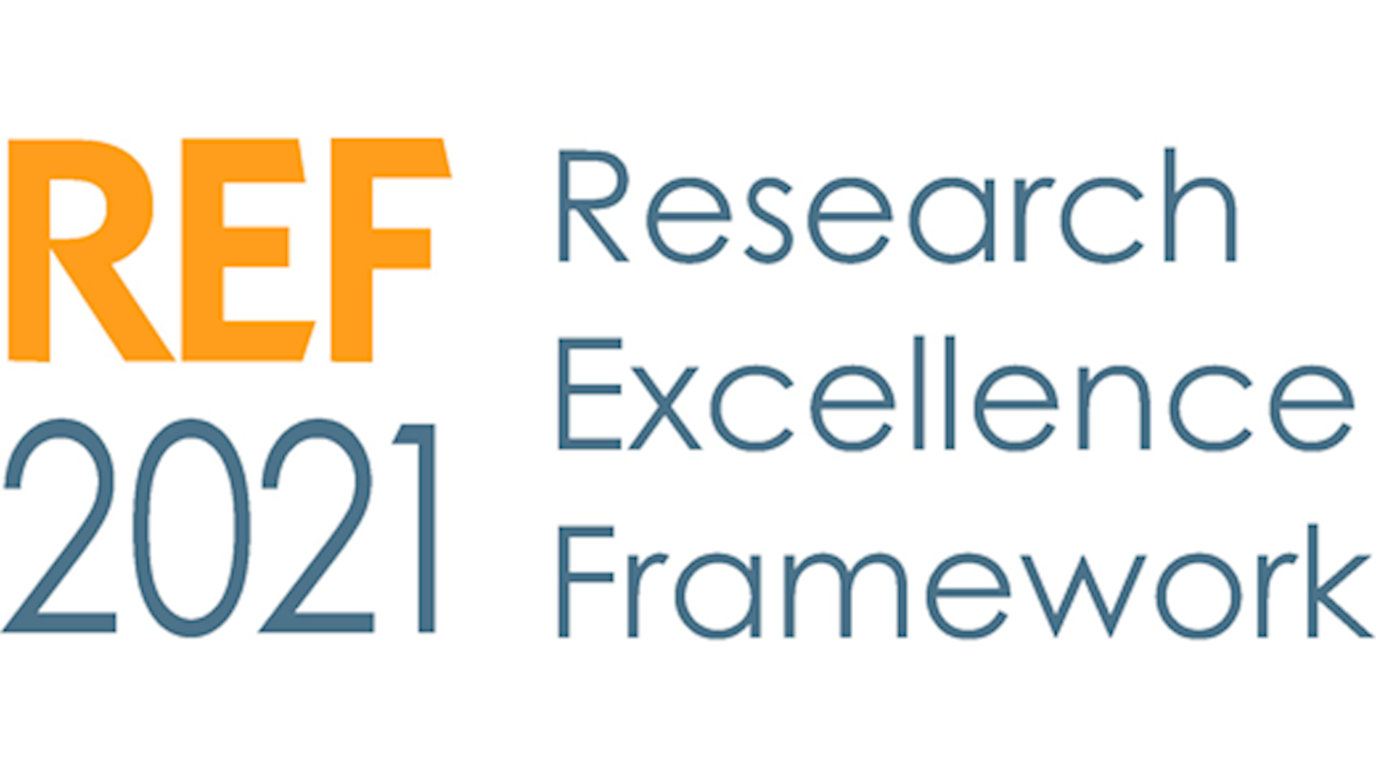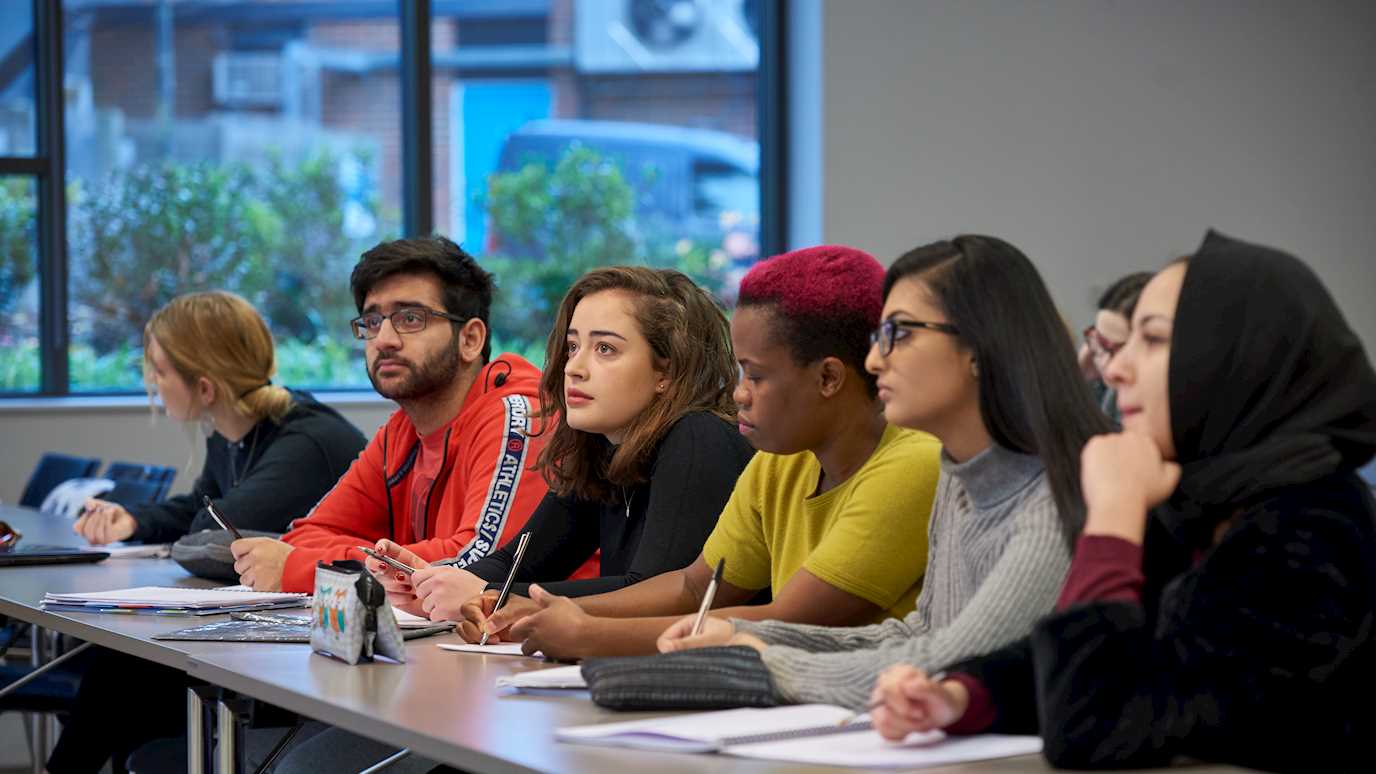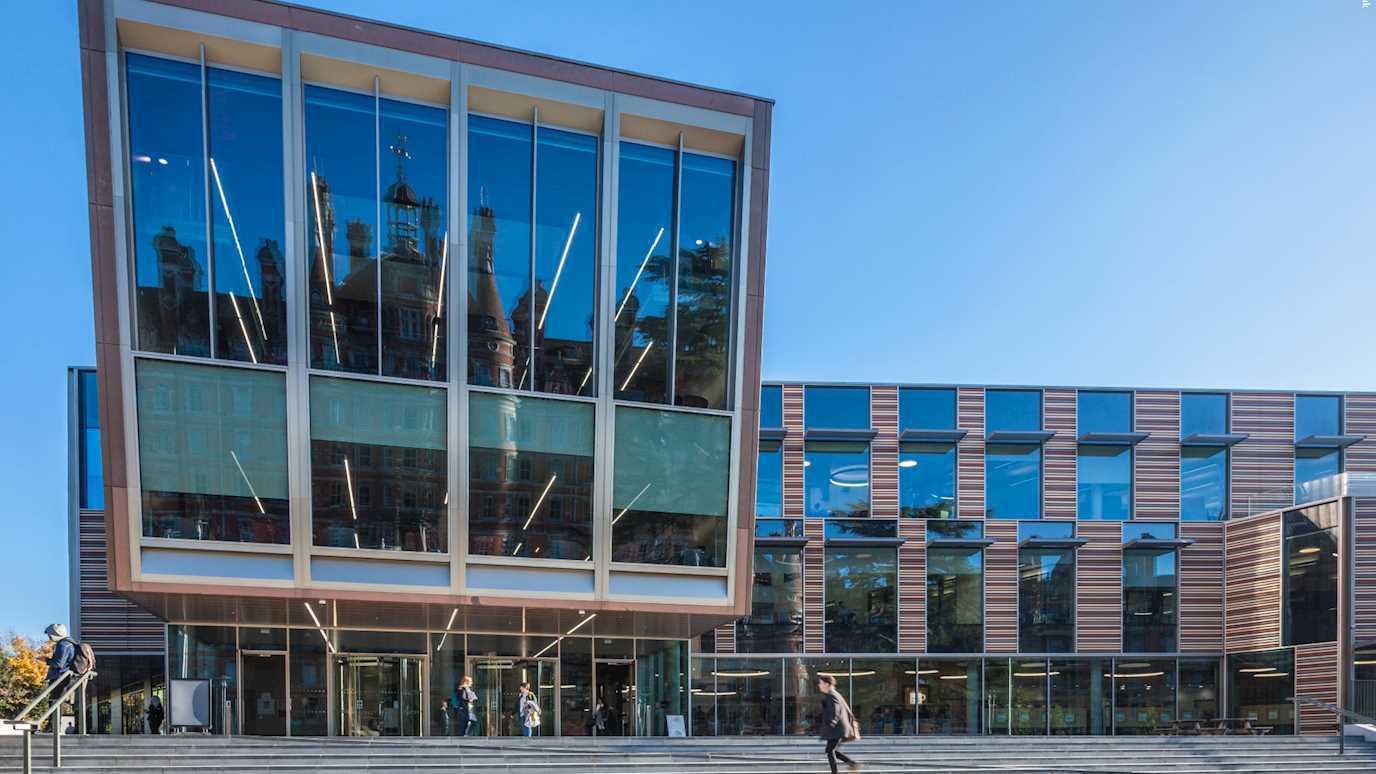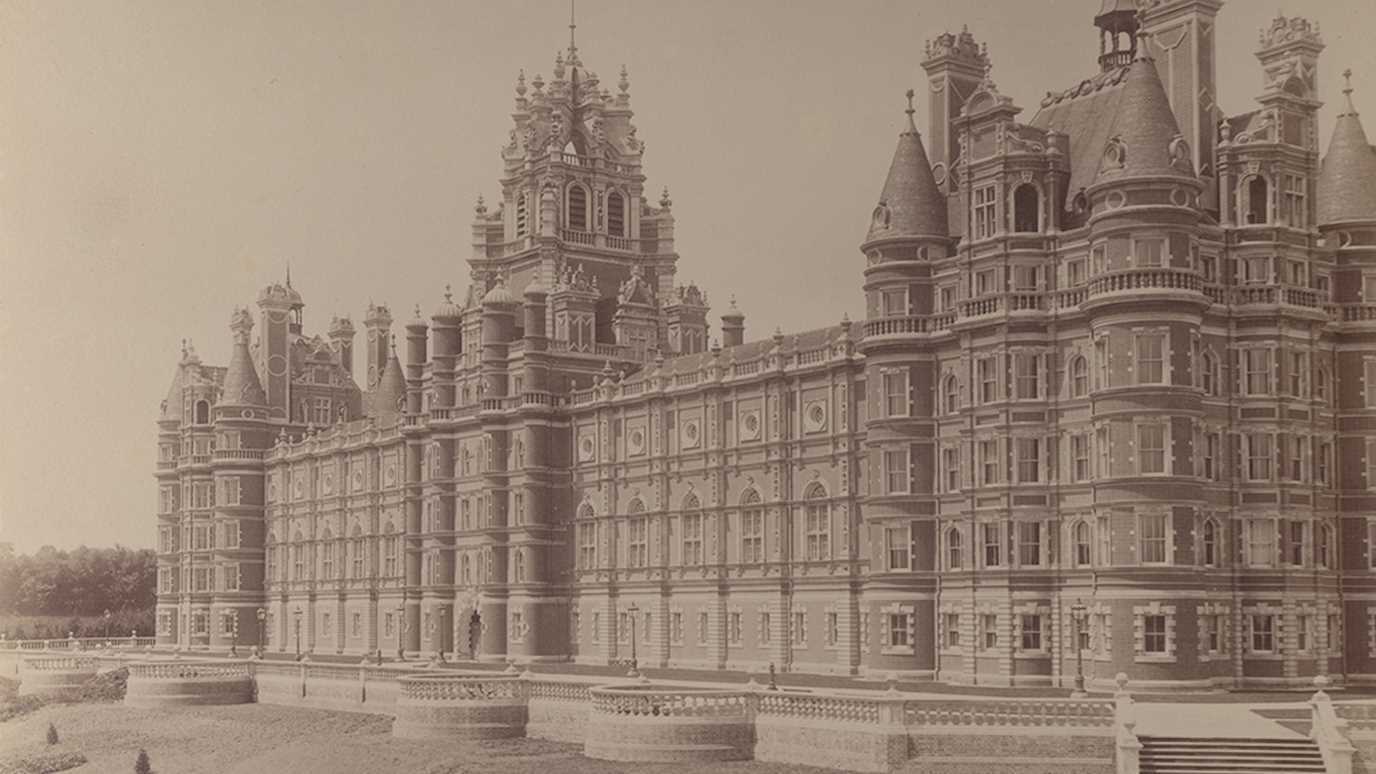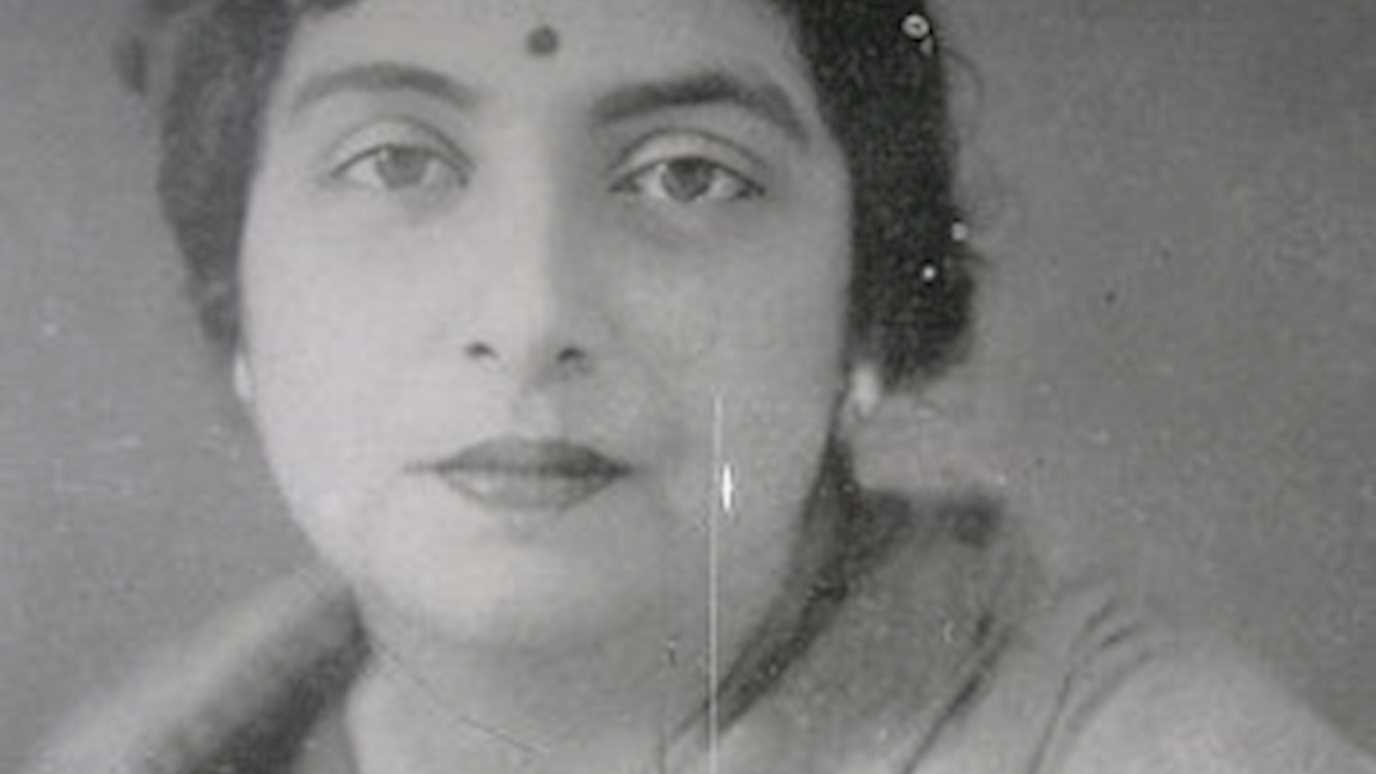The Microwave Photonics, Sensors (MPS) Research Group brings together a powerful blend of expertise in photonics, microwave engineering, advanced materials, and intelligent sensing systems, driving interdisciplinary innovation across communications, healthcare, sustainability, and smart infrastructure. The group integrates fundamental science with applied engineering, transforming complex challenges into high-impact technological solutions.
The group is at the forefront of next-generation drone technology, developing advanced RF spectrometers, dynamic RF filters, and amplifier systems that enable drones to operate as intelligent, multi-sensor platforms. These innovations support a wide range of emergency response and rescue missions, where real-time data acquisition and communication are critical. The team engineers drone-mounted spectrometers and detectors, integrating RF, gas, and soil sensors for environmental monitoring, hazard detection, and infrastructure assessment. A major focus is on miniaturisation and energy efficiency, allowing powerful sensing and communication capabilities to be deployed in lightweight, autonomous systems. By combining drone communication architectures with 5G/6G connectivity, the group is redefining aerial intelligence, designing and building innovative, purpose-specific drones for applications in disaster management, smart agriculture, defence, and sustainable environmental surveillance.
Research Vision
At the forefront of emerging technologies, the group’s vision is to pioneer next-generation Microwave Photonics, intelligent drone systems, and integrated photonic–sensor technologies that enable faster, smarter, and more sustainable societies. By uniting photonics, AI, and advanced materials, the group develops cutting-edge drone platforms equipped with RF spectrometers, adaptive filters, and multi-sensor payloads for environmental monitoring, emergency response, defence, and smart infrastructure.
Focus & Expertise
Microwave Photonics & Optical Communications
World-class expertise in RF-over-fiber systems, microwave photonic signal processing, optical modulation, and metamaterial engineering enables the design of ultra-broadband, low-latency, and high-fidelity communication systems. The group develops photonically enhanced microwave filters, integrated photonic circuits, and fiber-optic architectures for 5G/6G, satellite, and secure communication applications.
Advanced Drone Systems & Aerial Intelligence
The group leads pioneering research in intelligent drone technologies that integrate advanced sensing, communication, and RF systems for critical and high-impact applications. Combining photonics, microwave engineering, and AI, these drones act as mobile, data-rich platforms for emergency, environmental, and industrial missions.
Drone Key Expertise & Aerial Capabilities:
- Development of RF spectrometers, dynamic RF filters, and amplifiers for drone-based sensing and signal analysis
- Design of drone-mounted spectrometers and detectors for environmental, chemical, and gas monitoring
- Integration of RF sensors, gas sensors, and soil sensors with emphasis on miniaturisation and energy efficiency
- Autonomous drones for emergency response, disaster management, and rescue operations
- 5G/6G-enabled drone communication systems for high-speed, low-latency data transmission
- Design and fabrication of application-specific drones for defence, smart agriculture, and environmental surveillance
Smart Sensing, IoT & Embedded Systems
The group develops networked and autonomous sensor systems capable of environmental, biomedical, and industrial monitoring. Its research in wireless sensor networks, IoT architectures, energy-efficient algorithms, and real-time data analytics underpins advances in smart cities, precision agriculture, and infrastructure health monitoring. Specialized expertise in underwater and robotic sensing systems enhances the scope of data collection in challenging environments.
Biomedical Photonics & AI-Driven Health Technologies
A major research focus involves non-invasive photonic sensors and AI-powered diagnostic systems for healthcare. This includes wearable technologies for monitoring blood pressure, glucose, oxygen saturation, and cardiovascular performance, alongside 3D and holoscopic imaging techniques for advanced medical visualization. The integration of AI with imaging and sensor data supports early disease detection and continuous, personalized health assessment.
Advanced Materials & Sustainable Composites
The group leads innovation in fiber-reinforced composites, nanostructured materials, and recyclable carbon composites. Its work on mechanical performance, durability, impact tolerance, and environmental degradation of advanced composites underpins applications in aerospace, transport, energy, and defense. Current efforts focus on sustainable composite design, circular economy practices, and life-cycle analysis to reduce environmental impact.
Computational Imaging, Vision & Artificial Intelligence
Expertise in light-field and 3D imaging, computer vision, and machine learning enables new capabilities in visual analytics, autonomous inspection, and intelligent systems. The group’s computational approaches enhance precision imaging, feature extraction, and real-time processing for autonomous vehicles, healthcare imaging, and industrial quality assurance.
Photonics-Materials Integration & Device Fabrication
Combining knowledge of optical materials, micro-fabrication, and nanophotonics, the group develops hybrid systems that merge electronics, optics, and materials engineering. This convergence facilitates breakthroughs in electro-optic modulators, plasmonic devices, photonic crystal fibers, and energy-efficient optical interconnects.
Applications
The group’s interdisciplinary expertise drives innovation across a broad spectrum of high-impact application areas — integrating photonics, microwave engineering, materials science, and artificial intelligence to deliver transformative technologies for next-generation communication, sensing, healthcare, and aerospace systems.
Microwave Photonics & Optical Communications
World-class expertise in RF-over-fiber systems, microwave photonic signal processing, optical modulation, and metamaterial engineering enables the design of ultra-broadband, low-latency, and high-fidelity communication systems. The group develops photonically enhanced microwave filters, integrated photonic circuits, and fiber-optic architectures supporting 5G/6G, satellite, and secure communication applications. These advances are laying the foundation for high-speed, interference-free information networks with unprecedented data integrity and range.
Advanced Drone Systems & Aerial Intelligence
At the frontier of autonomous aerial technologies, the group develops intelligent drones integrating advanced sensing, communication, and RF systems for critical operations in emergency response, environmental monitoring, and industrial inspection.
Drone Capabilities Include:
- RF spectrometers, dynamic RF filters, and amplifiers for airborne sensing and signal analysis
- Drone-mounted detectors for environmental, chemical, and gas monitoring
- Miniaturised RF, gas, and soil sensors for lightweight, energy-efficient systems
- Autonomous drones for disaster management and rescue operations
- 5G/6G-enabled communication for real-time, high-bandwidth data transfer
- Custom drone platforms for defence, smart agriculture, and surveillance
Smart Sensing, IoT & Embedded Systems
The group designs intelligent sensor networks and IoT architectures for environmental, biomedical, and industrial applications. Its expertise in wireless communication, energy-efficient data acquisition, and autonomous robotic sensing enables precision monitoring in smart cities, infrastructure management, and underwater exploration. These systems combine adaptability, low power consumption, and scalable connectivity for next-generation intelligent environments.
Biomedical Photonics & AI-Driven Health Technologies
Innovations in non-invasive photonic sensing and AI-based diagnostics enable continuous and accurate health monitoring. The group’s technologies include wearable biosensors for real-time measurement of vital parameters (blood pressure, glucose, oxygen saturation) and 3D/holoscopic imaging systems for medical visualization. By integrating AI with biomedical imaging, the group supports early disease detection, personalized health tracking, and smart healthcare ecosystems.
Advanced Materials & Sustainable Composites
The group pioneers fiber-reinforced and nanostructured composites with exceptional mechanical strength, impact resistance, and environmental durability. Applications span aerospace, transport, renewable energy, and defence, with a strong focus on sustainability and circular design. Research into recyclable carbon composites, life-cycle assessment, and low-energy manufacturing contributes to greener and more sustainable engineering solutions.
Computational Imaging, Vision & Artificial Intelligence
Excellence in 3D and light-field imaging, computer vision, and machine learning empowers the development of intelligent visual systems for autonomous inspection, precision manufacturing, and medical imaging. Advanced algorithms enhance image fidelity, object recognition, and situational awareness in complex or dynamic environments.
Photonics–Materials Integration & Device Fabrication
The group unites optical materials, micro-fabrication, and nanophotonics to create hybrid photonic–electronic systems that revolutionize communications and sensing. This includes electro-optic modulators, plasmonic devices, photonic crystal fibers, and energy-efficient optical interconnects.
Applications in civil and defense aerospace are particularly strong, addressing the growing demand for high-capacity, secure, and interference-free communications. In civil aviation, photonic technologies enable onboard Wi-Fi, telemetry, and engine health monitoring, while in defence contexts, they facilitate live data streaming, sensor fusion, and system-wide situational control. Because photonics are inherently RF “blind”, they can seamlessly integrate multiple RF radios into compact, low-loss, high-bandwidth architectures—offering enhanced reliability, electromagnetic immunity, and security across airborne and satellite networks.
MPS Drone Technology Expertise
Royal Holloway, University of London, is home to the state-of-the-art Omnidrome Research & Innovation Centre, a multidisciplinary hub driving advances in drone, robotics, and autonomous systems across air, land, and water domains. The Centre fosters the integration of sensing, control, AI, and communication technologies, bringing together researchers and industry partners to shape the future of intelligent and autonomous platforms.
The Microwave Photonics and Sensors (MPS) Research Group at Royal Holloway combines leading expertise in microwave engineering, photonics, and intelligent sensing to support innovation in drone and autonomous technologies.
MPS researchers design and develop miniaturised RF spectrometers, adaptive microwave filters, reconfigurable antennas, optical and gas sensors, and AI-enabled signal-processing platforms for unmanned aerial vehicles (UAVs). These compact, high-performance sensing systems enable real-time, multi-sensor monitoring and data fusion in complex and dynamic environments.
The group’s research covers a wide range of drone applications, including search-and-rescue missions, infrastructure and structural-integrity monitoring, environmental and disaster response, and gas detection in hazardous areas. In parallel, the MPS team develops technologies for the detection, identification, and tracking of UAVs, contributing to enhanced airspace awareness and national security resilience.
Led by Professor Shyqyri Haxha, a certified drone pilot and one of the founders of the Omnidrome Research and Innovation Centre, the MPS group ensures its research bridges laboratory innovation with real-world UAV deployment. Within Omnidrome, MPS contributes core expertise in microwave-photonics-based sensing, RF communications, and multi-modal sensor fusion for autonomous systems.
Through its collaboration with Omnidrome, the MPS group strengthens Royal Holloway’s leadership in drone-enabled sensing, UAV detection, AI-driven environmental intelligence, and resilient communication networks that support rescue, safety, and monitoring operations.
For any collaboration or partnership opportunities in drone technology, please contact:
Professor Shyqyri Haxha
Email: shyqyri.haxha@rhul.ac.uk
Interdisciplinary Synergy & Impact
The group thrives on its cross-disciplinary composition — uniting scientists and engineers from materials science, photonics, computing, and electronic engineering. This integration enables innovation from atomic-scale device design to system-level deployment, accelerating technology readiness and commercialization. Its collective impact spans:
- High-performance communications and sensing for next-generation infrastructure
- Sustainable materials for circular and low-carbon industries
- AI-driven imaging and diagnostics improving healthcare outcomes
- Smart, autonomous systems enhancing safety, resilience, and efficiency
Through world-leading research, international collaboration, and industrial engagement, the Microwave Photonics, Sensors & Advanced Materials Group stands at the cutting edge of intelligent, connected, and sustainable technologies.
Collaborations & Opportunities
The Microwave Photonics and Sensors Group actively partners with leading industries, research institutes, and universities worldwide to translate advanced research into real-world solutions. Our collaborative model bridges fundamental science and industrial innovation, accelerating the development of technologies in photonics, RF systems, sensors, AI, and advanced materials.
Through strategic partnerships, the group has achieved significant impact — including joint patents, co-funded research projects, and technology demonstrators developed with industry support. These collaborations not only advance scientific discovery but also drive innovation in telecommunications, healthcare, defence, environmental monitoring, and smart manufacturing.
We maintain strong interdisciplinary links across physics, biosciences, materials science, computer science, and information security within Royal Holloway, University of London, fostering a unique environment for cross-domain research and technological integration.
The group welcomes new partnerships with industrial innovators, research institutions, and academic collaborators to co-develop next-generation technologies and explore emerging opportunities in microwave photonics, sensing, and intelligent systems that will define the connected world of tomorrow.
Group Members
Professor Shyqyri Haxha - Head of Microwave Photonics and Sensors (MPS) Group
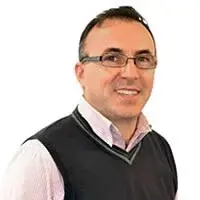
Professor Shyqyri Haxha received his MSc and Ph.D. from City University, London, in 2000 and 2004, respectively, with his doctoral research distinguished by the highly esteemed Scientific Instrument Makers (SIM) award. Additionally, he holds an Executive MBA from the Cambridge Judge Business School, University of Cambridge, as well as a specialized Telecom MBA from the Telecoms Academy, Informa Telecoms and Media Telecommunications LTD, London.
Currently, he is a Professor in the Department of Electronic Engineering at Royal Holloway, University of London (RHUL), where he serves as Director of Research, the Knowledge Exchange Framework (KEF), and the Postgraduate Researchers (PGR) and Postgraduate Taught (PGT) programs. He established and leads the Microwave Photonics and Sensors (MPS) laboratory.
Prior to joining Royal Holloway, University of London (RHUL), Professor Haxha served as a Lecturer in Fibre Optic and Broadband Communication at the University of Kent. He also held the position of Chief Executive Officer (CEO) of a telecommunications company with an annual turnover exceeding €195 million and a workforce of 3,300 employees. The company collaborated with major partners, including Cable & Wireless Communications Ltd and Monaco Telecom International (MTI). During his tenure as CEO, he successfully oversaw the delivery and management of projects with a cumulative value exceeding €200 million
Professor Haxha has an extensive academic and professional portfolio, with over 250 peer-reviewed publications and more than 15 patents. He has successfully obtained significant research funding from esteemed organizations such as UK Research and Innovation (UKRI), the National Aerospace Technology Programme (NATEP), the Royal Society, and various industry partners. His research expertise lies in microwave photonics, with impactful applications spanning the defence, telecommunications, aerospace, and medical sectors.
Key areas of expertise include:
- Photonic Devices: Design of electro-optic modulators (GaAs, LiNbO3, polymer-based), plasmonic devices, surface plasmon polaritons (SPP), photonic crystals, metamaterials, and photonic crystal fibres.
- Microwave Photonics: Development of photonic signal processing techniques, including up/down-conversion of microwave signals, spurious and intermodulation distortion mitigation, microwave photonic filtering, and RF over fibre technologies.
- Advanced Applications: Research in 5G/6G wireless communication, free-space optical communication, aerospace, radar, satellite communication, wearable biosensors, and cybersecurity devices using speckle patterns.
His work emphasizes the use of photonics for high-performance signal manipulation, including low-distortion up/down conversion, robust high-quality (Q) microwave filters, and spurious-free dynamic range (SFDR) enhancements, all facilitated by fibre optics and photonic integrated circuits (PICs).
Professor Haxha is a Fellow of the Institution of Engineering and Technology (FIET), a Chartered Engineer (CEng), a Senior Member of the IEEE (MIEEE), and a Fellow of the Higher Education Academy (FHEA). He serves as an Associate Editor for the IEEE Sensors Journal, a Review Editor for Frontiers in Photonics, and an Editorial Board Member and Guest Editor for MDPI journals, including Biosensors.
Professor Haxha’s research innovations span aviation, space, telecommunications, defence, and healthcare. He has pioneered photonic solutions for microwave systems, including high-resolution RF signal analysis, photonic microwave mixers, and fibre-enabled remote functionalities, while exploring novel applications in biological spectroscopy and wearable biosensors. His combined academic and industry expertise positions him as a leader in advancing microwave and photonic technologies.
Dr Vladimir Dyo
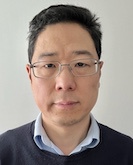
Dr Vladimir Dyo is a Lecturer in Communications and Signal Processing at the Department of Electronic Engineering, Royal Holloway, University of London. He received an MSc in Data Communications, Networks and Distributed Systems (DCNDS) from University College London in 2003 and subsequently completed a PhD under supervision of Prof Cecilia Mascolo in 2009. He is a recipient of prestigious Shell Centenary Scholarship (~£25k), EPSRC/Vodafone Dorothy Hodgkin Postgraduate Award (~£75k) and a winner of the an UCL Anvil Prize for his postgraduate research.
Prior to joining the Royal Holloway University of London, he was a founding member of Electronic Engineering degrees at University of Bedfordshire. In 2008-2009 he was a research intern at Microsoft Research Cambridge, UK. In 2007, he was a visiting researcher at Computer Lab, University of Cambridge. Dr Vladimir Dyo has extensive expertise in the Internet of Things and was involved in research projects and consultancies on intelligent condition monitoring, vehicle classification, RF-sensing, and localisation. He has published in IEEE Sensors Journal, IEEE Access, IET Communications, ACM Transactions on Sensor Networks, as well as in highly selective top conferences such as ACM SenSys and IEEE/ACM DCOSS. Dr Vladimir Dyo is a Fellow of Higher Education Academy and has an extensive experience teaching at undergraduate and postgraduate levels.
Research Projects:
* Pedestrian Radar enhancement for increased road safety, Moshon Ltd, 2023-2024
* Early fault detection for electric pumps, Innovate UK KTP grant with Deckpro Pumps/ Uptime Systems, 2020-2022
* Novel algorithms for solar-powered in-road sensors to measure speed and classify vehicles to inform intelligent traffic management decisions, Innovate UK grant 39455-289165, 2014-2015
* Battery-assisted EV charging system. Innovation in Manufacturing, Aerospace and Green Economy (IMAGE) grant, 2019
* RF-sensing based motion detection and analysis, consultancy with Network Rail, UK, 2016
* Investigation of Blockchain and LoRA communication systems, consultancy with CyberAir Ltd, 2016
Dr Beenish Ayaz
Dr Beenish Ayaz is Chartered Engineer (CEng), board member of IMechE MICG (Mechatronics, Informatics and Control Group), Senior member of the Institute of Electrical and Electronics Engineers (SMIEEE), England Representative, committee member of IEEE Oceanic Engineering Society (OES) chapter and fellow of Higher Education Academy (FHEA). She is working as Director of Internationalisation at the School of Engineering, Physical and Mathematical Sciences (EPMS) and Lecturer in Electronic Engineering at Royal Holloway University of London. She did her PhD in Wireless Sensor Networks from University of Aberdeen, UK, MSc in Information and Communications Engineering from Karlsruhe Institute of Technology (KIT), Germany and BEng (Hons) in Electronics Engineering from University of Engineering and Technology, Pakistan.
Beenish designed a 3D sensor node deployment architecture for underwater wireless sensor network, ensuring reliable communication and full coverage of the monitored region underwater, in her PhD research work. She also developed a dynamically reconfigurable (self-sustainable) routing protocol for underwater wireless sensor network. She won the Best Presentation award for her research work at the 8th International Conference on Sensing Technology (ICST 2014) in Liverpool, UK. Her research areas are Wireless Sensor Network (WSN), Underwater WSN, Robotic WSN, electronic biomaterials and sustainable engineering design. She also possesses work experience at Siemens and has been awarded the University Performance Award in Feb 2025.
Prof. Ian Flint
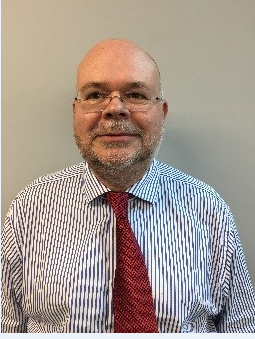
Prof. Ian Flint is a visiting Professor at RHUL. Prof. Flint received his BSc in Physics with Maths from Reading University, in 1975. In 1982, he received his PhD from Reading University on “The electron spin resonance of low temperature irradiated diamond”. He was the first to identify the role of self-interstitials to enhanced diffusion of impurities. He is a physicist, previously working for 10 years in the Universities of Reading (1978 year to 1982), Hull University (from 1982 to 1983) Oxford University (1983 to 1985) Bath University (1985 to 1989) and on optoelectronics and Solid State physics.
In 2004 Prof. Flint received BAE Systems Chairman’s Gold individual award for a photonic microwave filter design. Prof. Flint is inventor of Seventeen filled patents for three different companies in the last 20 years. He has a wide range research expertise and development roles in university and industry. Initially working in solid state physics and then integrated photonics. On moving to industry his work allowed first commercially back-illuminated CCD devices. These back-illuminated processes allowed major systems like the Hubble space telescope (the current WFC3 devices). These devices are sixteen times more sensitive in the blue and UV wavelength than the previous device. He is the inventor of large number of patent filing awards within Marconi Optical Components, Selex (Leonardo). Marconi, E2V, BAE systems. Patents are filed in RF sampling and RF down conversion, Laser Hybridisation; Laser machined waveguides; Integrated Optical Isolators Micro Mechanical devices; Blowing fibre into coil winding; Monitoring surface properties; In situ waveguide deposition; Microwave photonic filters; Multi Input receiver, RF Sampling; Simulated Brillouin Scattering, Imaging Devices and Systems..etc.
Contact details:
Microwave Photonics and Sensors
Department of Electronic Engineering
School of Engineering, Physical and Mathematical Sciences
Royal Holloway, University of London, Egham, Surrey, TW20 0EX, United Kingdom
Tel: +44 (0)178444 3183 Email: Ian.Flint@rhul.ac.uk
Selected publications:
1. F. AbdelMalek, W. Aroua, S. Haxha and I. Flint. Light-switching-light optical transistor based on metallic nanoparticle cross-chains geometry incorporating Kerr nonlinearity. Annalen der Physik, vol. 528, issue 7-8, pp. 560-570, 2016.
2. J. Sarma. I. Flint, Electrically variable couplers for integrated optical circuits. IEE Proceedings Vol 135 Pt.J No 3 June 1988 p268-275
3. I. Flint and J.N. Lomer.The formation of E.S.R centers A-2 and A-3 in diamond, electron irradiated below 30K and an interpretation in terms of self di-interstitial complexes. Physica B&C Vol 116 B+C No1-3 pl83-6 Feb 1983
4. I.T.Flint , H.J Francis, A.D.Holland , A.Wells, X-ray sensitive CCD’s from 0KeV to 1MeV, The 10th Symposium on Photoelectronic Imaging devices 1991. Imperial College university of London 1991. IOP conference series ISBN 0-85498 -411-9pp 281
Selected Patents:
· Laser Hybridisation GB0124916.8 (Marconi /Bookham)
· Laser machined waveguides GB 0126560.2 (Marconi/Bookham)
· Integrated Optical Isolators GB0124355.9 (Marconi/Bookham)
· Micro Mechanical devices GB 001852.7 ( company EEV)
· Blowing fibre into coil winding GB 0106763.6 (Marconi/Bookham)
· Monitoring surface properties GB 0106792.5 (Marconi/Bookham)
· Insitu waveguide deposition GB 0106794.1 (Marconi/Bookham)
· Microwave photonic filters GB 05270013.5 (SELEX/ BAE Systems)
· Multi Input receiver GB 0407568.5 (SELEX/ BAE Systems)
· Reduction of Intermodulation Distortions: GB1900552.9.
· A method of driving an MZM, an SSBs post manufacture GB1821175.5
· Distortion removal with stimulated (dynamic) Brillouin scattering GB1717084.6
Professor Amar Aggoun
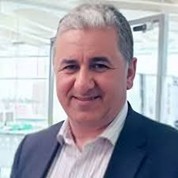
Professor Amar Aggoun is Honorary Research Associate in the Department of Electronic Engineering, he is an internationally recognized authority in visual computing, 3D imaging, and computational vision. With over two decades of academic and industrial experience, Professor Aggoun has made pioneering contributions to light-field imaging, plenoptic camera systems, computer vision, and AI-based healthcare diagnostics. His multidisciplinary work bridges optical physics, computer science, and biomedical engineering—advancing the frontiers of immersive imaging, visual accessibility, and intelligent sensing systems.
Professor Aggoun’s research has been instrumental in developing 3D holoscopic imaging systems for medical and industrial applications, AI-driven diagnostic models for early cancer detection, and assistive virtual-reality environments for people with visual impairments. His portfolio includes collaborations with national and international partners in Europe, Asia, and the Middle East, focusing on translating research outcomes into real-world technological solutions.
An accomplished scholar, he has authored and co-authored more than 150 peer-reviewed publications, including journal papers, conference proceedings, and book chapters. His work is widely cited, reflecting a strong impact in visual computing and imaging research, with over 3,000 citations recorded on Google Scholar.
Professor Aggoun’s academic journey began with studies in electronic and electrical engineering, followed by doctoral research in digital signal processing and computational imaging. He held senior academic posts at leading UK institutions, where he established research centres focused on digital imaging and advanced multimedia technologies.
Beyond academia, he serves as a mentor, PhD supervisor, and external examiner, nurturing the next generation of researchers and innovators in AI and computer vision. He also contributes to professional and scientific communities, engaging in knowledge transfer initiatives and international research collaborations aimed at improving human-centred technology design.
Professor Aggoun continues to advance research through interdisciplinary initiatives that connect visual computing, AI, health technology, and the built environment, driving innovation that benefits both society and industry.
Appendix: Selected Publications
1. Hahne, C., & Aggoun, A. (2021). PlenoptiCam v1.0: A Light-Field Imaging Framework.
2. Weir, K., Nahar, V., Aggoun, A. et al. (2021). Developing a User-Centred Accessible Virtual Reality Video Environment for Severe Visual Disabilities.
3. Ahmadi-Assalemi, G., Al-Khateeb, H. M., Aggoun, A. et al. (2022). Super Learner Ensemble for Anomaly Detection and Cyber-Risk Quantification in Industrial Control Systems.
4. Ersotelos, N., Aggoun, A. et al. (2020). Blockchain and IoMT Against Physical Abuse: Bullying in Schools as a Case Study.
5. Hahne, C., Lumsdaine, A., Aggoun, A. (2020). Real-Time Refocusing Using an FPGA-Based Standard Plenoptic Camera.
6. Yu, Z., Yang, S., Zhou, K., Aggoun, A. (2019). A Low-Computational Approach for Assistive Esophageal Adenocarcinoma and Colorectal Cancer Detection.
7. Haxha, S., Aggoun, A. et al. (2018). Metamaterial Superlenses Operating at Visible Wavelength for Imaging Applications.
8. Hahne, C., Aggoun, A. (2018). Baseline and Triangulation Geometry in a Standard Plenoptic Camera.
9. Hahne, C., Aggoun, A. (2016). The Refocusing Distance of a Standard Plenoptic Camera.
10. Hahne, C., Aggoun, A. (2014). Light-Field Geometry of a Standard Plenoptic Camera.
11. Almaadeed, N., Aggoun, A., Amira, A. (2015). Text-Independent Speaker Identification Using Vowel Formants.
12. Aggoun, A. et al. (2013). Immersive 3D Holoscopic Video System.
13. Aggoun, A. et al. (2013). 3D-Holoscopic Imaging: A New Dimension to Enhance Imaging in Minimally Invasive Therapy in Urologic Oncology.
14. Aggoun, A. (1997). 2D FIR Filters Implementation Using Radix-Differential Arithmetic.
15. Aggoun, A. (1997). New Parallel Multiplier Design.
Professor Paul Hogg
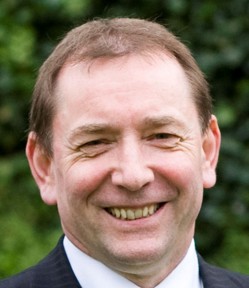
Professor Paul Hogg received his undergraduate (BSc. Eng, Chemistry with Materials Science 1976) and Doctoral degrees (PhD in Materials Science and Engineering, Stress Corrsion of GRP, 1981) from the University of Liverpool.
His academic career begun at the University of Liverpool with a prestigious “New Blood” lectureship in 1980 after which he moved to Queen Mary, University of London in 1983. At Queen Mary he rose through the ranks of Senior Lecturer and Reader to become Professor and Head of Department of the Department of Materials in 1999. He left Queen Mary in 2008 to join the University of Manchester, School of Materials as Professor and Director of the Northwest Composites Centre, becoming Head of School in 2010. In 2014 he moved again, this time to Royal Holloway, University of London where he was appointed Vice Principal for Research and Enterprise. In addition, he also took on the role of Dean of Science.
At Royal Holloway he led the formation of the Centre for Professional Studies and the new Department of Electronic Engineering. He served as the Higher Education representative on the Local Enterprise Partnership, Enterprise M3 covering Surrey and Hampshire from 2017 to 2020.
He retired from the university senior management team in 2020 and was made Emeritus Professor of Materials Engineering.
His research career has focused on the area of advanced materials and more specifically on fibre reinforced composites. While at Queen Mary his research group operated as the Composites Tooling Centre, and he launched the spin out company Nanoforce Technology Limited to exploit nanomaterials in advanced materials and composites. While at Manchester he established the National Composites Certification and Evaluation Facility (NCCEF).
His key areas of expertise are:
• Mechanical properties and test methods for fibre Composites
• Impact damage tolerance and toughening of fibre composites.
• Durability and environmental degradation of advanced composites
• Low-cost ceramic composites
• The uses of Textile technology for the manufacture of advanced composites
He has served as the Chair of the British Composites Society and is currently Chair of the IOM3 Composites Group. He was awarded the IOM3’s Holiday Prize in 2007 for his contribution to the field of composite materials. He was Research Director on the board of the Trade Association, Composites UK for 18 years (1995-2014) and was the academic representative on the National Composites Network from 2004 to 2013. He was editor of the industry newsletter Advanced Composites Bulletin (Elsevier) from 1987 to 1998 and served as European Editor and publisher of Materials Technology from 1993 to 2005.
He was been selected for the UK’s REF panels twice in and in 2010 served as vice chair of the Electronics and Materials subpanel.
He is currently a visiting (Guest) Professor at Harbin Institute of Technology, Beihang University, Zhejiang Science Technology University and Xian Jiaotong- Liverpool University in China. Currently Professor Hogg is employed as Chief Scientist for Sustainability at the Yangtze River Carbon Composite Innovation Centre (CCIC) in Changzhou China where his interests include the recycling of composite materials, methods of dismantling and reusing composites and the use of life cycle assessment to aid in the selection and design of composite structure.
https://scholar.google.co.uk/citations?user=phEKFccAAAAJ&hl=en
Key Publications by Professor Paul Hogg
1. Prichard, J.C. & Hogg, P.J. (1990). The role of impact damage in post-impact compression testing. Composites, 21(6), 503–511.
2. Bibo, G.A. & Hogg, P.J. (1996). The role of reinforcement architecture on impact damage mechanisms and post-impact compression behaviour. Journal of Materials Science, 31(5), 1115–1137.
3. Abbasi, A. & Hogg, P.J. (2005). Temperature and environmental effects on glass fibre rebar: modulus, strength and interfacial bond strength with concrete. Composites Part B: Engineering, 36(5), 394–404.
4. Wong, D.W.Y., Lin, L., McGrail, P.T., Peijs, T. & Hogg, P.J. (2010). Improved fracture toughness of carbon fibre/epoxy composite laminates using dissolvable thermoplastic fibres. Composites Part A: Applied Science and Manufacturing, 41(6), 759–767.
5. Hogg, P.J. (2006). Composites in armor. Science, 314(5802), 1100–1101.
6. Bibo, G.A., Hogg, P.J. & Kemp, M. (1997). Mechanical characterisation of glass- and carbon-fibre-reinforced composites made with non-crimp fabrics. Composites Science and Technology, 57(9–10), 1221–1241.
7. Kuwata, M. & Hogg, P.J. (2011). Interlaminar toughness of interleaved CFRP using non-woven veils: Part 1. Mode-I testing. Composites Part A: Applied Science and Manufacturing, 42(10), 1551–1559.
8. Yu, B., Bradley, R.S., Soutis, C., Hogg, P.J. & Withers, P.J. (2015). 2D and 3D imaging of fatigue failure mechanisms of 3D woven composites. Composites Part A: Applied Science and Manufacturing, 77, 37–49.
9. Selver, E., Potluri, P., Hogg, P. & Soutis, C. (2016). Impact damage tolerance of thermoset composites reinforced with hybrid commingled yarns. Composites Part B: Engineering, 91, 522–538.
10. Hogg, P.J. & Hull, D. (1980). Micromechanisms of crack growth in composite materials under corrosive environments. Metal Science, 14(8–9), 441–449.
11. Hogg, P.J. (1990). A model for stress corrosion crack growth in glass reinforced plastics. Composites Science and Technology, 38(1), 23–42.
12. Wang, Y., Burnett, T., Chai, Y., Soutis, C., Hogg, P. & Withers, P. (2017). X-ray computed tomography study of kink bands in unidirectional composites. Composite Structures, 160, 917–924.
13. Hapuarachchi, T.D., Ren, G., Fan, M., Hogg, P.J. & Peijs, T. (2007). Fire retardancy of natural fibre reinforced sheet moulding compound. Applied Composite Materials, 14(4), 251–264.
14. Thanomsilp, C. & Hogg, P.J. (2003). Penetration impact resistance of hybrid composites based on commingled yarn fabrics. Composites Science and Technology, 63(3–4), 467–482.
15. Hogg, P.J. (2005). Toughening of thermosetting composites with thermoplastic fibres. Materials Science and Engineering: A, 412(1–2), 97–103.
How to join us
Contact & Opportunities
To apply for an MSc by Research or PhD within the Microwave Photonics and Sensors Group, please contact Professor Shyqyri Haxha at shyqyri.haxha@rhul.ac.uk with a brief summary of your research interests, academic background, and funding status (a short 1–2 page CV is recommended).
Once you have discussed your proposal, you may formally apply via Royal Holloway Direct.
More details on the application process can be found here.
For postdoctoral, fellowship, or visiting positions, or to discuss collaboration opportunities, please contact:
Professor Shyqyri Haxha
Head of the Microwave Photonics, Sensors (MPS) Research Group
Shyqyri.haxha@rhul.ac.uk
+44 (0)7807 881145
